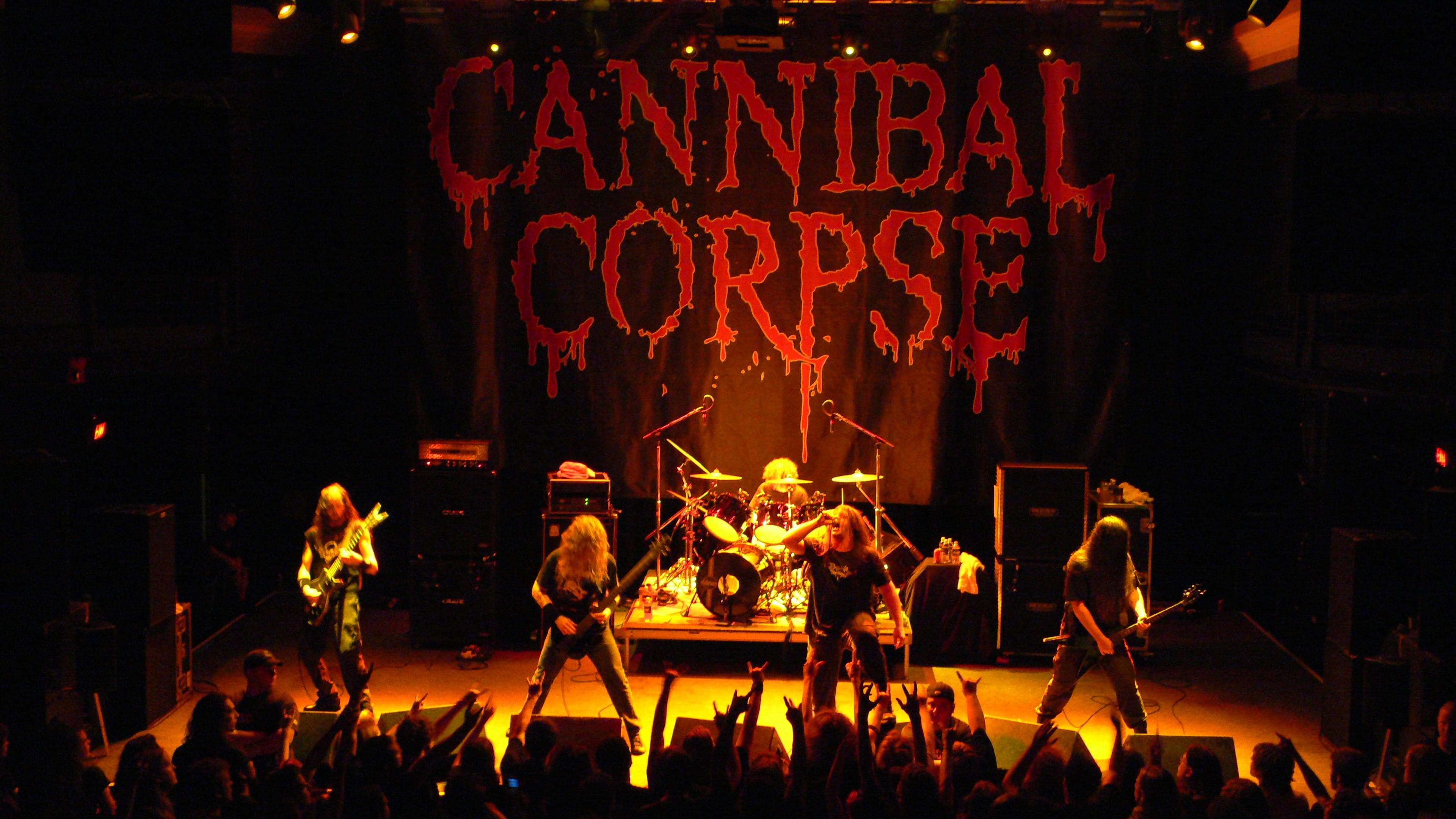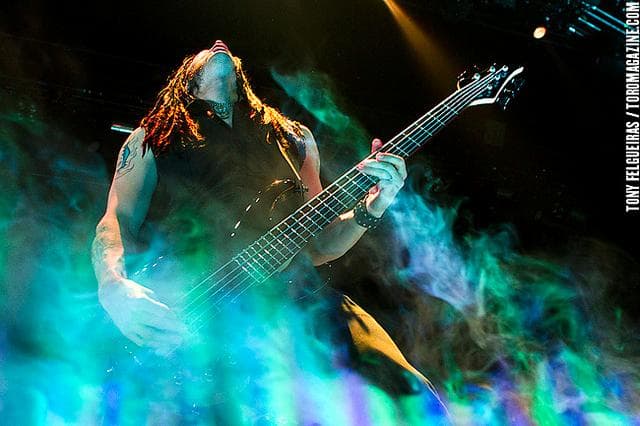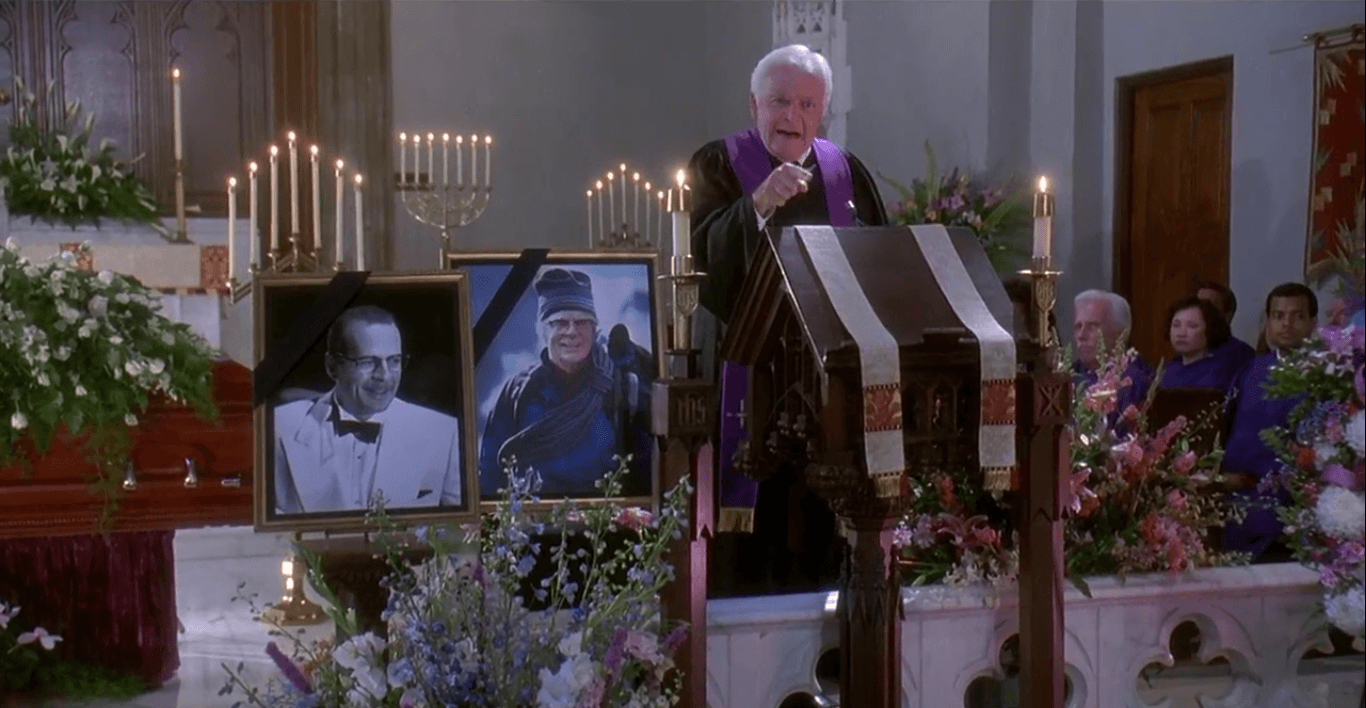-
(#12) Dennis McGuire
- Dec. at 54 (1960-2014)
In 1989, Dennis McGuire was convicted of assailing 22-year-old Joy Stewart and ending the lives of her and her unborn baby. Subsequently, he was sentenced to receive capital punishment. While McGuire appealed his sentence several times on the basis of a poor defense and a turbulent childhood, his pleas were denied.
The truly controversial element of McGuire's execution was the state used an untested combination of drugs, including midazolam and hydromorphone. The drug cocktail is intended to sedate the inmate, slow his breathing, prevent pain, and bring on a calm and quick end. However, McGuire took 24 minutes to pass and could be seen writhing in pain, choking, and gasping for air
Attending doctors claimed the spasms were not painful and that McGuire was entirely unconscious. The case caused controversy throughout the US and led the state of Ohio to increase the dosage of the drugs to ensure an easier passing for the next execution.
-
(#7) Kelsey Patterson
- Dec. at 50 (1954-2004)
Kelsey Patterson was convicted of shooting Louis Oates, 63, and Dorothy Harris, 41, at their workplace in Palestine, Texas. Patterson shot Oates in the back of the head, left, then came back to end Harris when he heard her screams at discovering Oates's body.
Patterson had been diagnosed with paranoid schizophrenia after two other non-fatal shootings, where was deemed unfit to stand trial. After Oates and Harris, it was reconfirmed Patterson suffered from schizophrenia - specifically, the delusion that he was being controlled by aliens. Despite this, Patterson stood trial, where he was convicted and sentenced to receive capital punishment.
The Texas Board of Pardons and Paroles advised the reduction of Patterson's sentence to life imprisonment on the grounds of mental illness. Governor Rick Perry overruled the board because Texas didn't have a sentence of life in prison without the possibility of parole. Patterson was executed in May 2004.
-
(#8) Teresa Lewis
- Dec. at 41 (1969-2010)
Teresa Lewis was found guilty of the ending the lives of her husband and stepson in October 2002, as part of a scheme to cash in on their life insurance. She hired her 22-year-old beau and another man and gave them money to buy the guns they used to target the victims. The men broke into Lewis's home and ended the husband and stepson, after which Lewis waited almost an hour to call the police.
During the trial, Lewis was found to have an IQ of 72, only 2 points above the national standard that would have deemed her intellectually disabled and not fit to stand trial. Despite this, Lewis was executed in September 2010 - while the two men she hired were given life in prison.
-
(#10) Johnny Garrett
- Dec. at 29 (1963-1992)
In 1992, Johnny Frank Garrett received the lethal injection in Texas for the stabbing and assault of Sister Tadea Benz, a 76-year-old Roman Catholic nun. Garrett, 17, reportedly had learning disabilities and suffered from multiple personalities as a result of childhood trauma. The case was founded on Garrett's admission of guilt, yet the minor had not signed the confession he claimed he was coerced into making.
Multiple witnesses who contradicted the timeline of the incident maintain that Garrett had been elsewhere. Garret was found guilty based on circumstantial evidence that forensics did not corroborate.
-
(#5) Cameron Todd Willingham
- Dec. at 36 (1968-2004)
In 1991, Cameron Todd Willingham was convicted of intentionally ending his three daughters in a Texas house fire. He refused to plead guilty at his trial, even though doing so could've spared him the lethal injection. Almost as soon as he was apprehended, skepticism emerged about whether the fire was deliberate. Willingham's defense was also hampered by unreliable witnesses, and prosecutors were never able to establish a clear motive for arson.
After Willingham's conviction, fire inspector Gerald Hurst engaged a thorough review of the case and concluded there wasn't enough evidence to indicate arson. Hurst's report was sent to Governor Rick Perry, who ignored it, and Willingham was executed on February 17, 2004.
After his passing, additional reports concluded that the evidence for arson was unconvincing, and if the jury had been given key exonerating information, Willingham would have been acquitted. In 2009, a formal review of the case was carried out by the Texas Forensic Science Commission, who found that the declaration of arson was unfounded.
-
(#9) Humberto Leal Garcia
- Dec. at 38 (1973-2011)
Humberto Leal Garcia was convicted of snatching, assailing, and inevitably ending the life of 16-year-old Adria Sauceda in 1994. Leal, a Mexican citizen, was not informed of his right to contact the Mexican Consulate. Prosecutors alleged that Leal incriminated himself and never told police he was a Mexican national. It was soon found that Leal was not the only Mexican inmate in an American prison or on death row to have been denied this right - a lack of due process that became an international controversy.
The International Criminal Court in the Hague ruled that these inmates, about 50 in all, had been denied their rights under the Vienna Convention, meaning their cases had to be reviewed. The Supreme Court said that the decision by the international court was binding, but without a law obliging states to abide by the decision, it had no legal standing.
As Leal's execution date approached, President Obama asked the Supreme Court to award clemency in order to preserve America's standing on the world stage. The Supreme Court denied the petition, and Leal received the lethal injection on July 7, 2011.
New Random Displays Display All By Ranking
About This Tool
The death penalty has been controversial before. Since the reinstatement of the federal death penalty in the United States in 1988, there have been only three federal executions so far. Every time the death penalty execution would protest by human rights and religious people, they do not believe that the US court’s death penalty verdict is fair, and believes that it is prone to prejudice.
Facts have proved that the judicial system is indeed not foolproof. In the 21st century, the number of death sentences and executions in various states has fallen sharply. The random tool explained 13 of the most controversial death penalty executions in American history.
Our data comes from Ranker, If you want to participate in the ranking of items displayed on this page, please click here.














